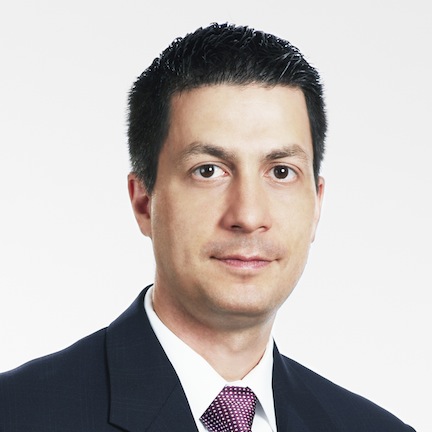Imagine being sued separately by multiple plaintiffs for claims that, together, would be mutually exclusive — like offences that would require you to be in many places at once. Even if you committed a single offence, only one would be physically possible.

Now, imagine losing all these cases and having to pay three or four times what the maximum damage could have been.
That scenario has now become the law for patent-holders after the Supreme Court of Canada’s unanimous dismissal from the bench in
Sanofi-Aventis v. Apotex — a big victory for generic drug companies that will make pharmaceuticals think twice about how aggressively they defend their patents.
The case stems from the patent expiry of ramipril, the cardiovascular drug whose patent had been held by Sanofi-Aventis. The drugmaker, claiming new uses that would extend the drug’s patent, applied for statutory prohibition orders that would forestall competitors, such as generic drugmaker Apotex, for two years.
The two companies would slug it out in the courts for years, with Sanofi coming up on the losing end consistently.
Then, in a final blow, Apotex and other generic drugmakers would separately claim damages (under section eight of the Patented Medicines Notice of Compliance regulations) for the two years they had been kept off the market by Sanofi’s overzealous defence.
Here’s where it gets interesting. At trial, Justice Judith Snider at the Federal Court of Canada was tasked with calculating damages based on a hypothetical “but for” world where Apotex would have been allowed to compete and take a percentage of market share for ramipril.
Sanofi-Aventis argued that, given multiple plaintiffs seeking overlapping damages, the calculation of market share should be coordinated with the other cases to create a single “but for” world where 100 per cent of market share was allocated appropriately.
Calculated separately, Sanofi argued, the company could be required to pay more than 100 per cebt of possible damages — for example, if one case proved that Generic A is owed 80 per cent market share and another case proved that Generic B is owed 80 per cent of market share, Sanofi could be required to pay 160 per cent of total market share.
Justice Snider
ruled, with all
higher courts agreeing, that despite the possibility of such overlapping damage awards, a simple reading of the regulations did not demand a coordinated market-share calculation.
“It was really a plain-language review of the legislation,” says Andrew Skodyn, a patent litigator at Lenczner Slaght Royce Smith Griffin LLP. “They said, on the face of it, this is what we need to do, and if it creates more ‘but for’ worlds that are inconsistent with one another in a way that is unhelpful to Sanofi-Aventis, well that's the way the cookie crumbles.”
Finally, in a disappointing loss for patent-holding pharmaceuticals and other brand-name companies, the Supreme Court this week reaffirmed Justice Snider’s ruling with a rare unanimous dismissal from the bench, issued immediately after the hearing’s oral arguments.
“Everyone in the pharma industry watching this case had expected it would take some time for the court to render its decision,” says Skodyn. “But obviously they decided, after reviewing all the material at the appeal hearing, that there wasn't anything they wanted to change.”
Skodyn says this was the first time one of these “section eight” cases had been granted leave to appeal at the SCC, so there was a lot of hope that the court, having allowed numerous interveners, would overturn the notion of multiple “but for” worlds in damage calculations.
For Sanofi-Aventis, the bottom line is a staggering $215-million award for Apotex, which combined with a separate claim by another generic drugmaker, Teva, would require Sanofi-Aventis to pay out awards worth over 130 per cent of possible damages.
“So there’s already a windfall for the generic companies and we’re only two cases in,” says Skodyn. “There could be a series of three, four, five different companies all coming, all having different facts.”
With the threat of quasi-punitive damages, Skodyn says big-name drug companies will be forced to pull their punches in defending their patents.
“This certainly will make innovator companies think more carefully about the consequences of using the regulatory regime that they are perfectly entitled to use — and that is in fact designed for them to use — to protect their intellectual properties.”

 Now, imagine losing all these cases and having to pay three or four times what the maximum damage could have been.
Now, imagine losing all these cases and having to pay three or four times what the maximum damage could have been.